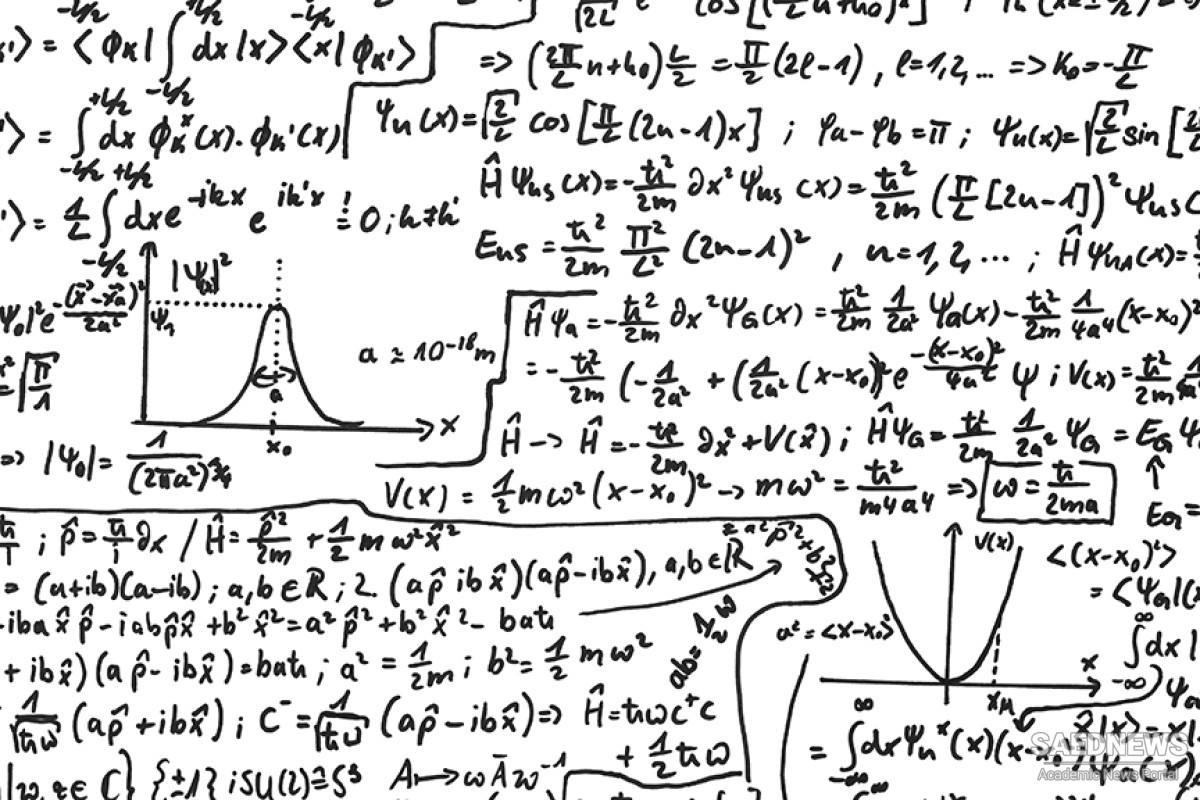In the early 1960s, the American physicist Murray Gell-Mann (b. 1929) and others introduced quark theory to help describe the behavior of hadrons within the context of the theory of quantum chromodynamics (QCD). Quark theory suggests that hadrons are actually made up of combinations of subnuclear particles, called quarks—a term that Gell-Mann adapted from a passage in James Joyce’s Finnegan’s Wake. Contemporary quark theory suggests the existence of six types of quarks, called up, down, strange, charmed, top, and bottom, as well as their corresponding antiquarks. Along with a fractional electric charge (such as + 1/3 e), nuclear physicists also assign another characteristic to the six quarks, color. The term color here does not imply a relationship with the visible-light portion of the electromagnetic spectrum. Rather, physicists have arbitrarily assigned various colors to help complete the description of the behavior of these very tiny subnuclear particles within hadrons. As a result, quarks are said to have the property red, green, or blue, and the corresponding antiquarks are deemed antired, antigreen, and antiblue. This additional set of properties is simply an attempt to bring experimental observations into agreement with Wolfgang Pauli’s exclusion principle. In contemporary nuclear physics, we encounter the phrase the standard model. This is simply a recognition of the currently accepted terminology for the strong nuclear force, the weak nuclear force, and the electromagnetic force. In the standard model, the electromagnetic force and the weak nuclear force are viewed as separate manifestations of a more fundamental interaction called electroweak interaction. Also within the standard model, the color property of quarks is used to describe their strong nuclear force interactions within the framework of quantum chromodynamics theory (QCD).


 Quantum Mechanics, Atomic Theory and Emergence of Atomic Energy Plants
Quantum Mechanics, Atomic Theory and Emergence of Atomic Energy Plants














































